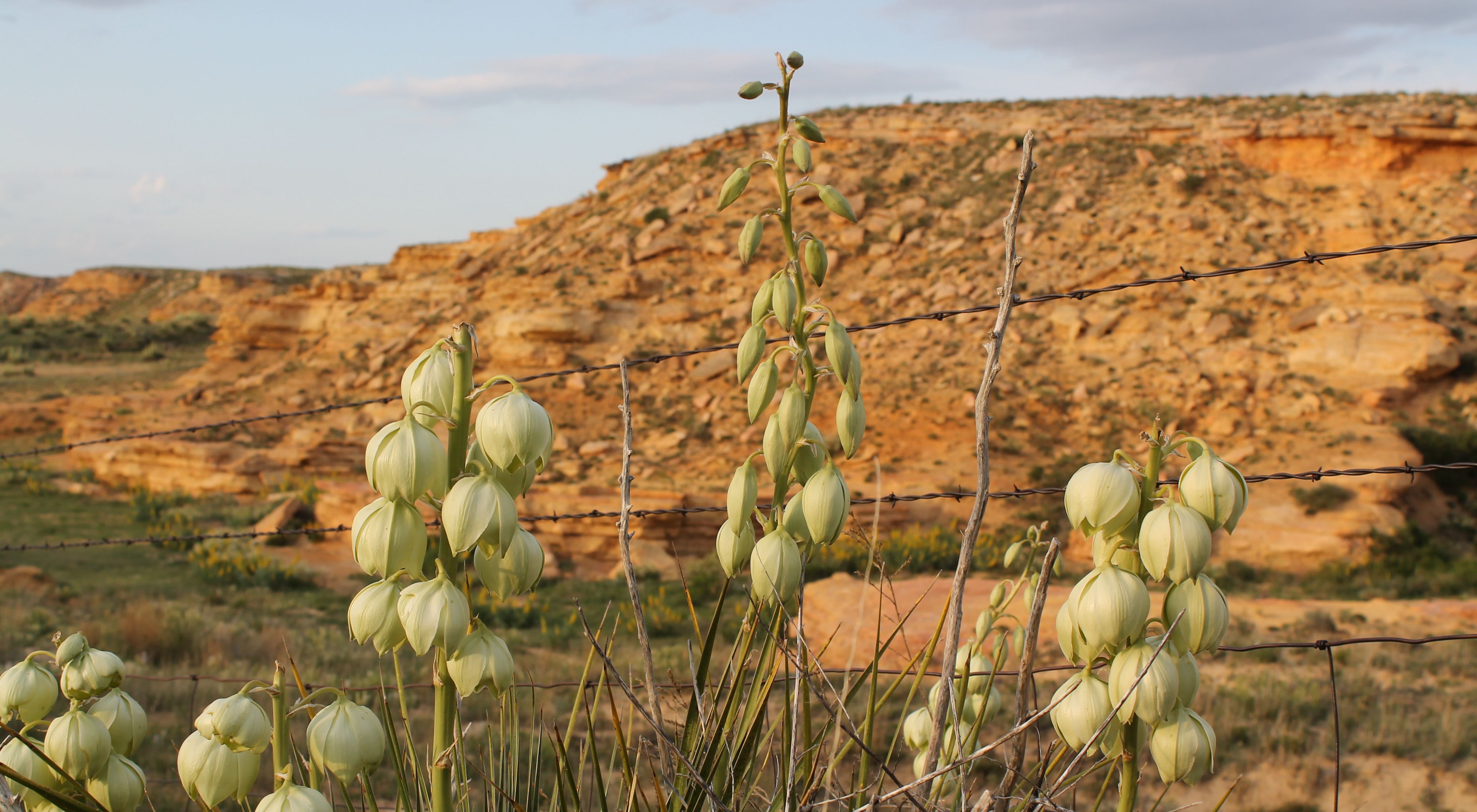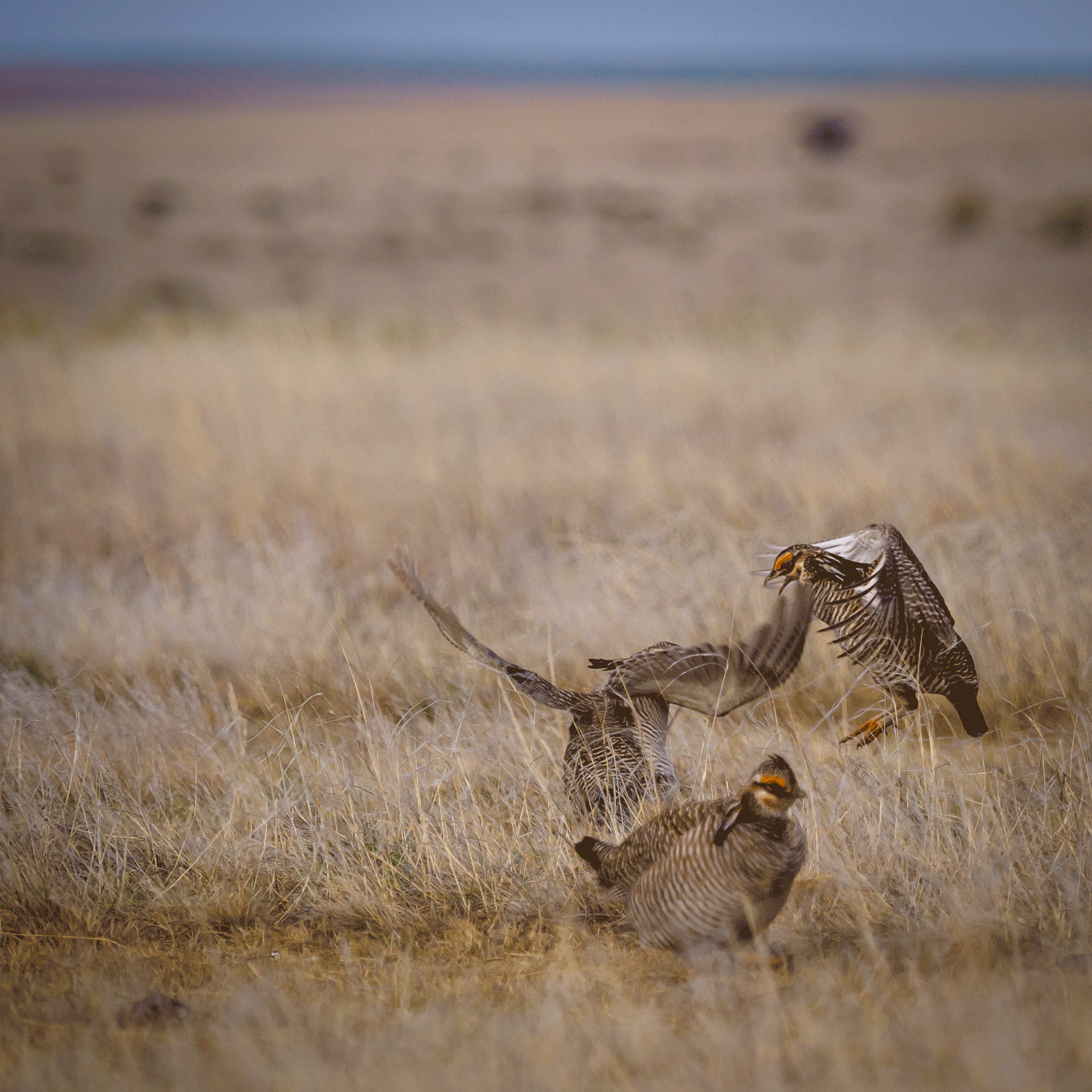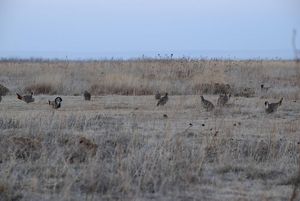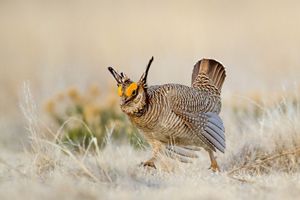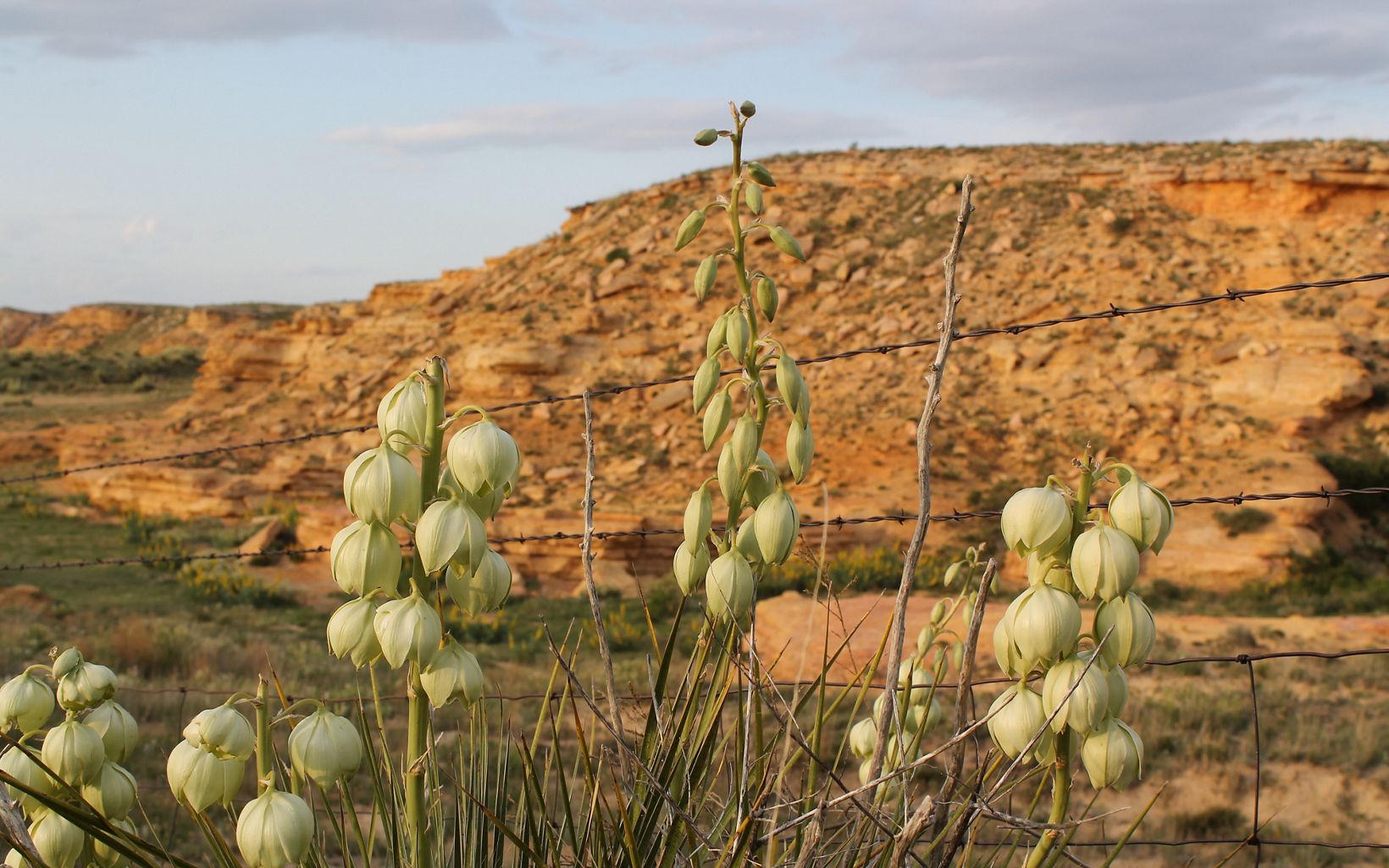Description
On this land, you’ll view sights that have almost vanished from America—bison roaming a prairie as they did hundreds of years ago; prairie-chickens dancing on their leks; herds of pronghorn and mule deer hopping across the horizon.
Dramatic chalk bluffs overlook large expanses of grassland, rocky ravines and Smoky Hill River. Breaks along the upper reaches of the river represent a transition zone between mixed grass and shortgrass prairie environments. When The Nature Conservancy purchased Smoky Valley Ranch in 1999, it was the largest land acquisition for conservation in state history. At that time, several parcels had been carved out of the ranch, sold to other buyers and converted to cropland. In 2020, the final piece was purchased, making the 18,000-acre ranch whole again.
This prairie supports tremendous plant and wildlife diversity while continuing its long history as a working cattle ranch. In western Kansas, 80% of the native prairie has been converted to some other use. Demonstrating that healthy wildlife populations and successful ranching operations go hand-in-hand is critical to retaining the 20% of the prairie that’s left.
For example, Smoky Valley Ranch is a critical, rare venue for one of the most important strategies for protecting lesser-prairie chicken: using grassland grazing techniques that encourage nesting and brooding habitat. TNC also works with other landowners in the area to help them improve conditions for prairie-chickens on their rangeland without sacrificing ranch profitability.
Protection of the Smoky Valley Ranch is also part of a larger vision, the Southern High Plains Initiative, which seeks to conserve a network of lands and waters across the region to boost climate resilience, preserve biodiversity and support sustainable rural communities. The initiative spans 71 million acres at the intersection of Colorado, Kansas, New Mexico, Oklahoma and Texas.
